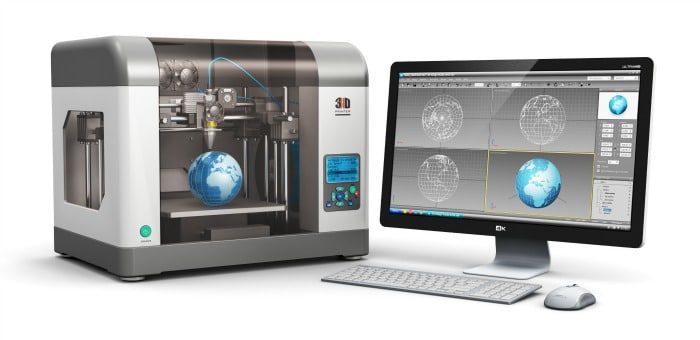What does 3D printing mean for startups, small-to-medium manufacturers, and companies that haven’t even been created yet? Terry Brock, a contributing writer for Buffalo Business First, believes that 3D printing means “entrepreneurial opportunities.” UPS, the world’s largest package delivery company, seems inclined to agree. What can smaller manufacturers learn from a company whose core competency isn’t manufacturing?
For starters, consider the example of Alan Amling. The VP of Marketing for Logistics and Distribution is embracing potential changes to the manufacturing supply chain. That’s no small feat at a company whose business model involves shipping packages to anywhere in the world. If 3D printing succeeds, even small manufacturers may begin to print their own parts instead of ordering them. Where would that leave UPS?
Thanks to its relationship with a company called CloudDDM, these supply chain changes could still leave UPS in the middle of things. The DDM in CloudDDM stands for Direct Digital Manufacturing, a process that produces parts directly from a computer-aided design (CAD) file. When combined with 3DP, DDM supports on-demand manufacturing in small quantities – including the one-off production of replacement parts.
Not all small companies will be able to afford their own 3D printers, and some may lack the technical expertise to use them. That’s why UPS envisions manufacturing centers located near major airports that can make parts and deliver them quickly and cost-effectively. There’s still a supply chain in this model, but it’s a shorter one – and UPS plays multiple roles.
If 3DP disrupts your business model, do you have a strategy for creating entrepreneurial opportunities?
Image Credit: © Oleksiy Mark – stock.adobe.com

